This article was co-authored by Carrie Noriega, MD. Dr. Noriega is a Board Certified Obstetrician & Gynecologist and medical writer in Colorado. She specializes in women’s health, rheumatology, pulmonology, infectious disease, and gastroenterology. She received her MD from the Creighton School of Medicine in Omaha, Nebraska and completed her residency at the University of Missouri - Kansas City in 2005.
There are 11 references cited in this article, which can be found at the bottom of the page.
This article has been viewed 43,614 times.
Vaginal pH can vary due to a woman’s age, menstrual cycle, or sexual activity. It is not necessary — nor is it recommended — to clean out your vagina because it can clean itself using a steady discharge of mucus that removes things like semen, bacteria, and blood. If you are concerned that your vaginal pH is unbalanced or that you may have an infection, then you should see your gynecologist to get help treating the problem; however, there are also some things you can do at home to ensure your vaginal pH is balanced
Steps
Balancing Vaginal pH with Lifestyle Changes
-
1Practice safe sex. If you are sexually active, then make sure that you are practicing safe sex by using a condom every time you have sex.[1] Also, keep in mind that having multiple partners increases the risk of disrupting your vaginal pH and developing bacterial infections. If possible, try to stick to just one sexual partner.
-
2Wash the outside of your vagina with a mild soap. Whenever you shower or bathe, wash the outside of the vagina (including your labia) with warm water and a mild, unscented soap.[2]
- Do not put soap or water into your vaginal canal. Only wash the parts of your vagina that are on the outside of your body.
Advertisement -
3Stop douching and using vaginal deodorants. Douches and vaginal deodorants disrupt the pH balance of your vagina and increase your risk of infection, so it is best to avoid using these products.
- Steer clear of bubble baths, bath oils, talc, and powder as well. The chemical in these products can irritate your vagina and throw off vaginal pH.
- Keep in mind that douching has been associated with all kinds of negative effects including bacterial vaginosis, pelvic inflammatory disease, cervical cancer, and infertility.[3]
-
4Use unscented tampons and sanitary pads. Avoid scented or perfumed sanitary products such as tampons and sanitary pads. The perfumes in these products can disrupt your vaginal pH. Instead, use unscented sanitary products only.[4]
- Even unscented tampons may disrupt vaginal pH for some women, so you may want to stick to sanitary pads instead. If you do use tampons, make sure that you change them every four to six hours.
-
5Wear 100% white cotton underwear. White cotton underwear is less likely to disrupt your vaginal pH than other types of underwear.[5] Make sure that your underwear is not too tight and that they are clean and dry.
- Change your underwear twice daily, such as in the morning and in the evening. You should also change your underwear if they become soiled or moist, such as from sweating.
- Wash underwear with unscented products only.
-
6Wipe from front to back. Because the vagina is so near to the anus, there is always a risk of bacterial contamination. To minimize this risk, make sure that you always to wipe from the front to the back.[6] It is also a good idea to use white, unscented toilet paper only to avoid irritation from perfumes and dyes.
Considering Home Remedies
-
1Eat yogurt or take probiotics. The good bacteria in yogurt and probiotic supplements may help to balance your vaginal pH.[7] Try adding a serving of yogurt to your daily diet to get more beneficial bacteria.
- Do not insert yogurt directly into your vagina. It may seem that putting the yogurt directly into your vagina may work better than just eating it, but this is not recommended. The sugars contained in yogurt may cause more problems.
- If you want to try a probiotic supplement, make sure that you choose a brand that lists the strains (look for Lactobacillus), species, and genus or the probiotics, a best by date that says how many organisms will still be alive, the manufacturer’s contact information, and the dosage information.
- As with any supplement, make sure that you check with your doctor first.
-
2Use a cold compress to deal with itching and discomfort. If your vaginal area is itchy or burning, then soaking a clean cotton washcloth in cold water, wringing it out, and applying it to your vaginal area may help provide some relief. Do this as often as needed to help soothe your vaginal area.[8]
-
3Ask your gynecologist before trying any probiotic suppositories. Vaginal probiotic suppositories have been studied to determine how well they treat bacterial vaginosis, but they have not been studied for use on healthy vaginas.[9]
- These suppositories are thought to work by repopulating the good bacteria in a woman's vagina, but not enough is known to recommend them for casual use. Talk to your gynecologist before you decide to try any probiotic vaginal suppositories.
Getting Medical Help
-
1Watch for symptoms of bacterial vaginosis. Sometimes when vaginal pH is out of balance, you may develop a bacterial infection such as bacterial vaginosis. The symptoms of bacterial vaginosis include:
- A foamy, often yellowish vaginal discharge with an unpleasant odor, often described as a “fishy” smell
- A burning sensation when you urinate
- Itchiness and irritation around the vagina
-
2Check for symptoms of a yeast infection. Symptoms of a yeast infection are similar to those of bacterial vaginosis. These symptoms include:[10]
- An abnormal white vaginal discharge that may be either watery or thick and chunky (often described as looking like cottage cheese)
- Itching and burning of the vagina and labia
- Painful urination
- Redness and swelling of the area just outside of the vagina
- Painful intercourse
-
3Identify trichomoniasis symptoms. Infections with the trichomonas organism are common as well. Keep in mind that many people with trichomoniasis have no symptoms.[11] Symptoms of trichomoniasis (sometimes called “trich”) in women may include:[12]
- A frothy or foamy yellow or a gray-green colored vaginal discharge that has an unpleasant smell
- Vaginal itching
- Pain with urination
-
4See a doctor for a diagnosis. If you think you may have a vaginal infection due to the smell or feeling of your vagina, then you should make an appointment with your doctor or gynecologist for a diagnosis. You should also see a doctor if you develop serious symptoms. Make sure that you call your physician right away if:
- There is no improvement in your symptoms within 2-3 days
- You develop a fever
- You experience difficulty or pain on urination
- Sexual activity is painful or very uncomfortable
- You have abdominal pain
Warnings
- If you think that you have an infection, see your doctor as soon as possible for diagnosis and treatments. Some infections may get worse if left untreated.⧼thumbs_response⧽
References
- ↑ https://www.plannedparenthood.org/learn/stds-hiv-safer-sex/safer-sex
- ↑ https://www.oaklandshealthcentre.com/syndication/live-well/sexual-health/keeping-your-vagina-clean-and-healthy
- ↑ http://www.ncbi.nlm.nih.gov/pmc/articles/PMC2567125/
- ↑ https://www.oaklandshealthcentre.com/syndication/live-well/sexual-health/keeping-your-vagina-clean-and-healthy
- ↑ https://www.nlm.nih.gov/medlineplus/ency/patientinstructions/000566.htm
- ↑ hhttps://www.oaklandshealthcentre.com/syndication/live-well/sexual-health/keeping-your-vagina-clean-and-healthy
- ↑ http://www.ncbi.nlm.nih.gov/pubmed/8930233
- ↑ https://www.mayoclinic.org/diseases-conditions/vaginitis/diagnosis-treatment/drc-20354713
- ↑ http://www.ncbi.nlm.nih.gov/pmc/articles/PMC2662373/
About This Article
If your vaginal pH is off, try switching to a mild, unscented soap whenever you shower or bathe. Also, avoid using douches, vaginal deodorants, and bath oils, since the chemicals in these products can irritate your vagina and throw off its pH. When you use the bathroom, make sure to wipe from front to back to lessen the risk of bacterial contamination from the anus. To rebalance your vaginal pH, try adding a serving of yogurt to your diet to get more beneficial bacteria. While putting the yogurt directly into your vagina may seem like it might work better than eating it, don’t do this, because the sugars in yogurt will end up causing more problems. For more tips from our Medical co-author, including how to keep your vaginal pH balanced through lifestyle changes, read on!
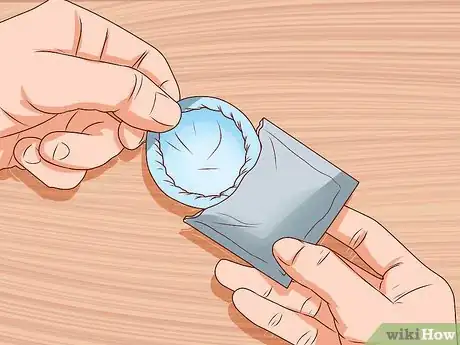

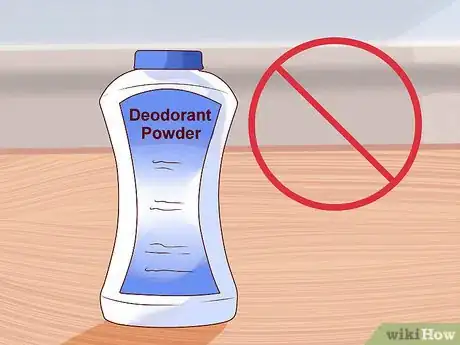
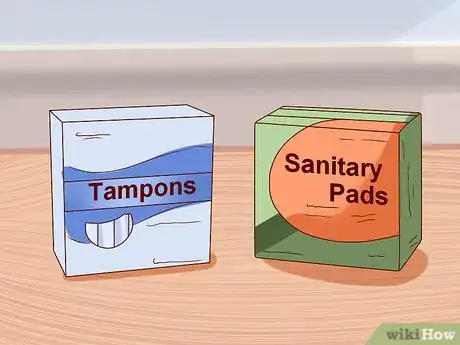



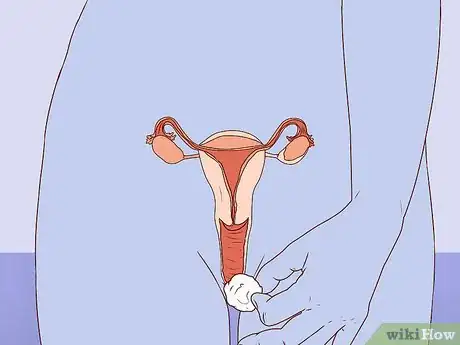










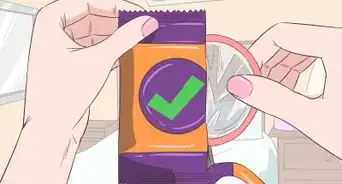

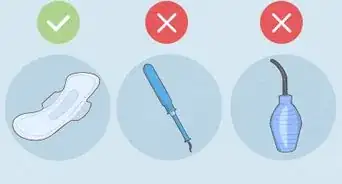





-Step-10-Version-2.webp)








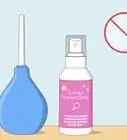
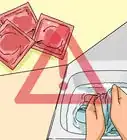




































Medical Disclaimer
The content of this article is not intended to be a substitute for professional medical advice, examination, diagnosis, or treatment. You should always contact your doctor or other qualified healthcare professional before starting, changing, or stopping any kind of health treatment.
Read More...